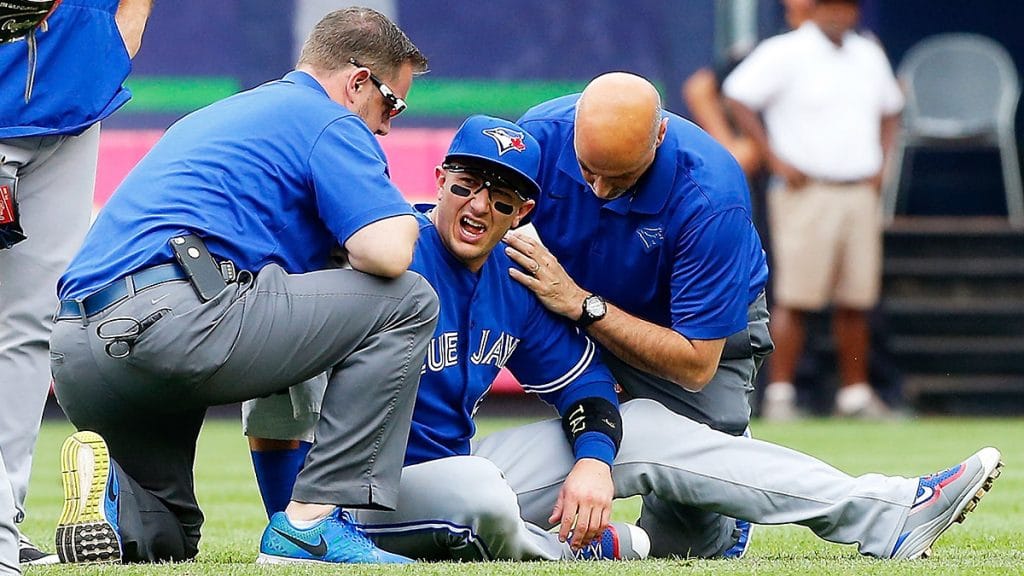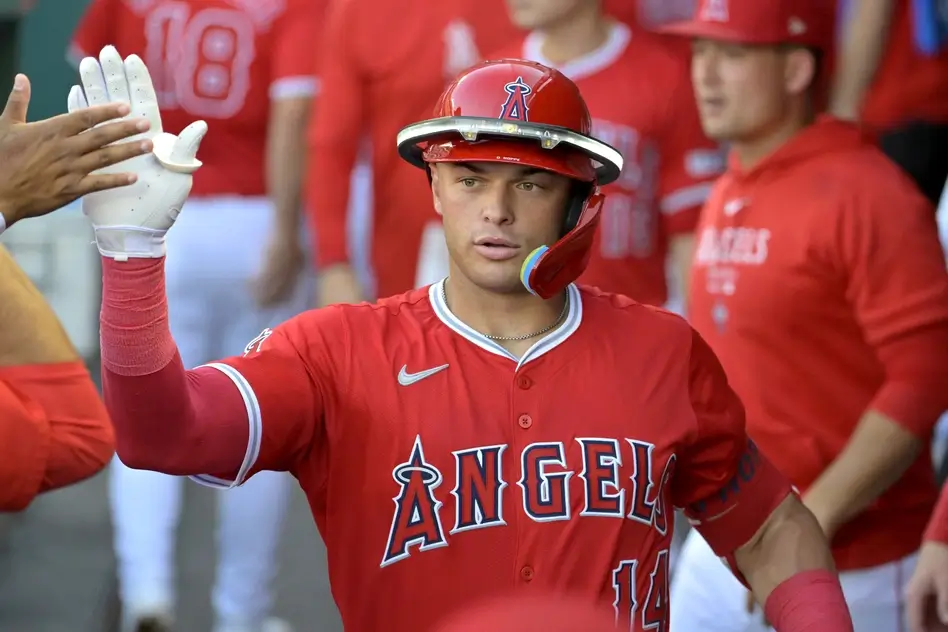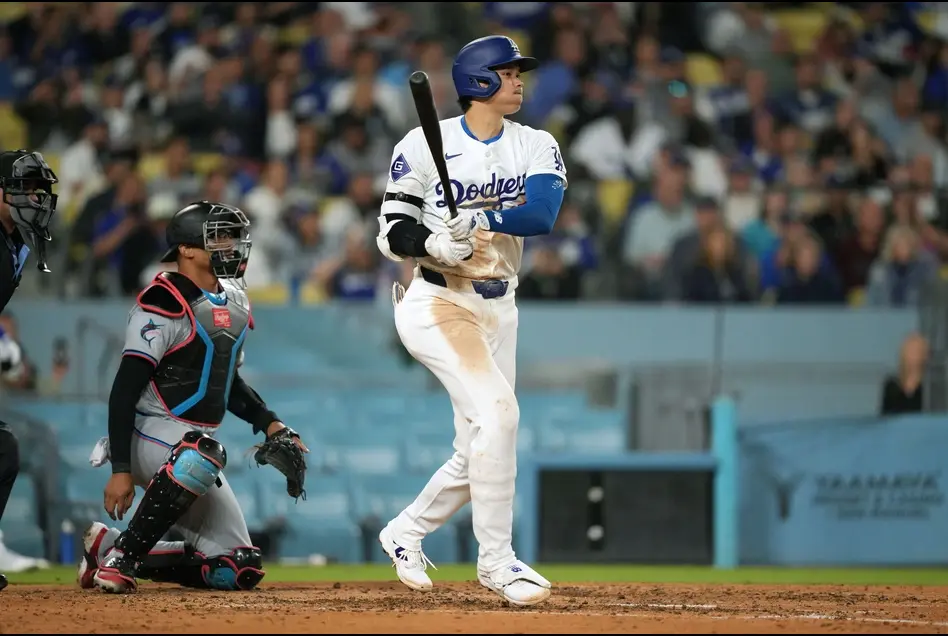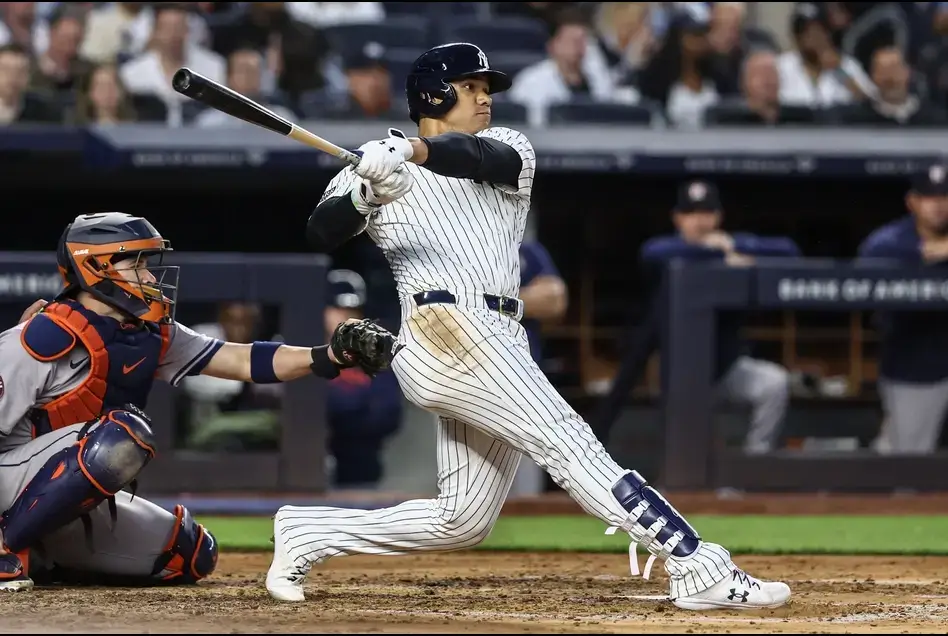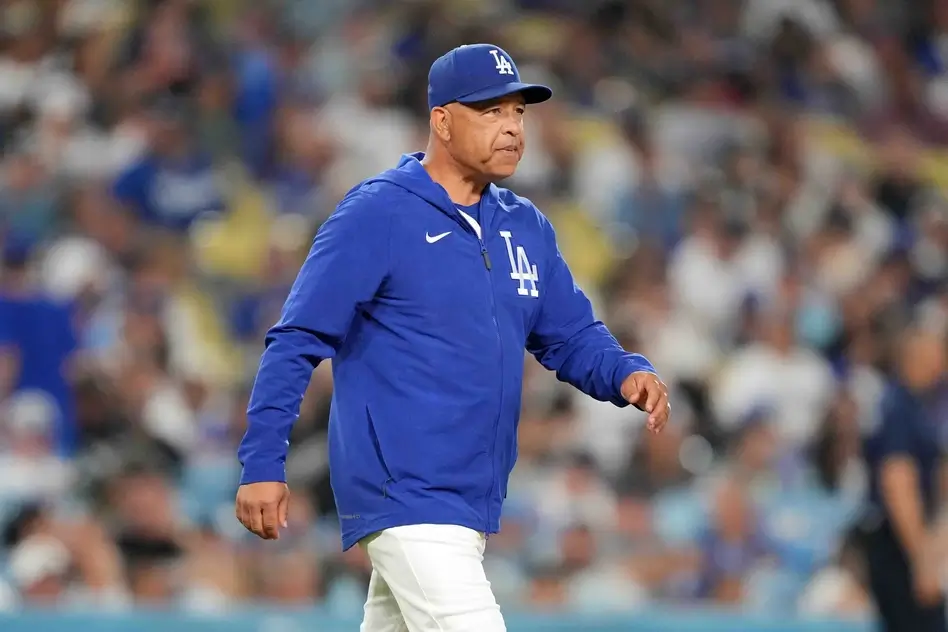While having an ace at the front of your favorite team’s rotation or a powerful hitter in the middle of the lineup can be important to a franchise’s success, often times the best teams are the ones who know the rules of the sport like the back of their end. These aren’t just the rules on the field itself. There are other regulations MLB teams must keep in mind when manoeuvring through a season to field a competitive ballclub. Players get hurt all the time in professional sports, and savvy front offices who know how to best utilize the injured list can give their teams an advantage over the course of a season.
MLB Injured List rules explained
There are currently a few different flavors of the Major League Baseball injured list, but the most commonly used version is the 10 day injured list.
As one might be able to surmise, players who go down with an ailment are eligible to be transferred to this list, where they will miss a minimum of 10 days of game action. That does not necessarily mean, however, that the player will miss 10 of their team’s games; it depends on the upcoming schedule.
For example, the Miami Marlins placed third baseman Brian Anderson on the 10 day injured list on April 22 with a strained oblique. From April 22nd through May 1st, the team only has 9 games, because they have an off day on April 29th. Anderson will be forced to miss all those games, but could return on May 2nd if he is healthy enough to play.
Additional considerations are also present when teams decide if, and when, to place an ailing player on the 10 day injured list. For example, if a very talented player has a minor injury, and may only need a couple days to recover, it is possible a team might hold off from putting that player on the injured list.
If they feel confidently that he could return in 2-3 days, rather than automatically losing him for 10 days, they might opt to wait it out. Also, if a starting pitcher get nicked up, MLB clubs will weigh the possibility of whether the hurler may only miss one start. If that’s the case, a team might opt to keep him on the active roster.
Retroactively using MLB injured list
There are restrictions however for how long a team can retroactively place a player on the injured list. For example, if a player lightly tweaked his ankle running the bases on April 25th, and on April 27th, the team still is unsure about his availability, they’ll need to make a decision soon.
Teams are only allowed to place a player on the injured list retroactive to a date in the past is 3 days. In other words, the team can’t decide on May 1st that the player was more seriously hurt all along, and have the 10 days of missed action start back from April 25th. If the player is still not ready for game action on May 1st, they can only put him on the injured list from April 28th.
The Minnesota Twins placed first baseman Miguel Sano on the 10 day injured list on April 23rd, but it was retroactive to April 21st when the slugger first got hurt. Sano did not appear in any games after that, which is another one of the injured list rules. Players cannot be placed on an injured list if they appear in games after their injury.
Alternatively, there is also a 7 day injured list, which is meant to be used for players who experience concussion-like symptoms.
Since the start of the 2020 season, Major League Baseball also created a COVID list, for players who either test positive, or were in the contact of others who may have had the virus recently. A 60 day injured list is also an option for players with need an extended time to recover from their ailments.
[spreaker type=player resource=”show_id=3300147″ width=”100%” height=”200px” theme=”light” playlist=”false” playlist-continuous=”false” autoplay=”false” live-autoplay=”false” chapters-image=”true” episode-image-position=”right” hide-logo=”false” hide-likes=”false” hide-comments=”false” hide-sharing=”false” hide-download=”true”]


